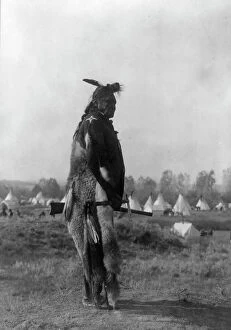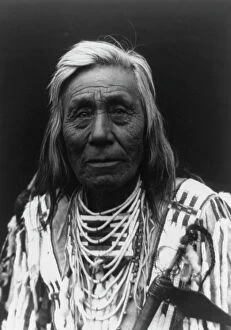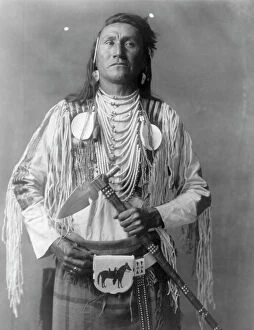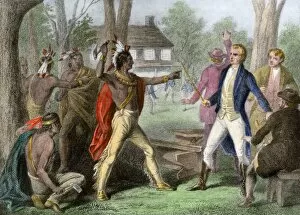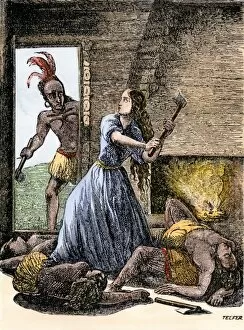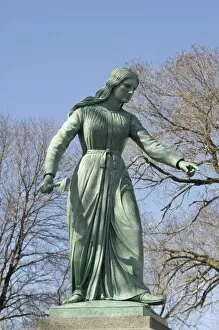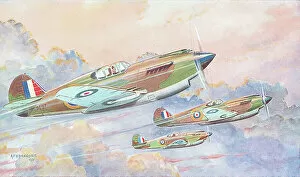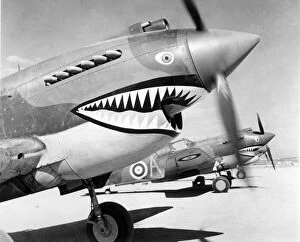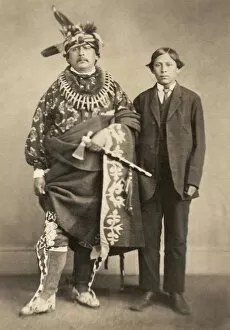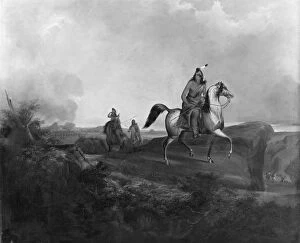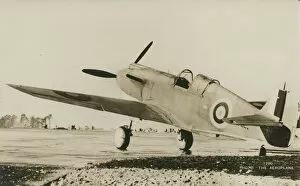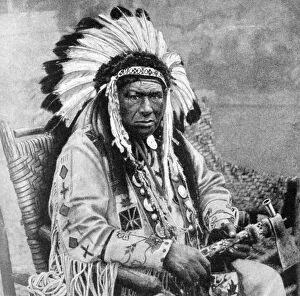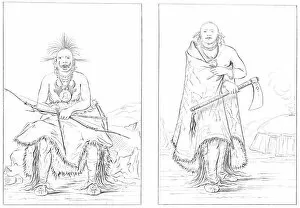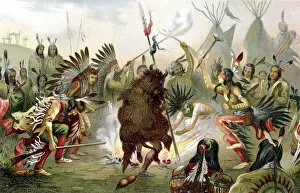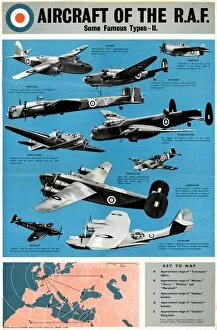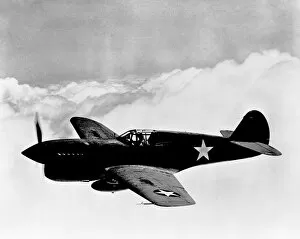Tomahawk Collection (#7)
"Tomahawk: A Symbol of Heritage, Courage, and Flight" The tomahawk holds a significant place in history
For sale as Licensed Images
Choose your image, Select your licence and Download the media
"Tomahawk: A Symbol of Heritage, Courage, and Flight" The tomahawk holds a significant place in history, representing the rich cultural heritage of the Osage Chief from around 1830. This powerful weapon was not only wielded with strength but also carried deep racial and historical significance. In "Be Just and Fear Not. " - a captivating color litho artwork - we witness the valor associated with this iconic tool. It reminds us to stand firm in our convictions, always striving for justice without succumbing to fear. Beyond its historical context, the tomahawk takes on various forms across different realms. From the North Native American stone tomahawk that showcases exquisite craftsmanship to modern-day aircraft like G-OATS Piper PA-38 Tomahawk or Piper Tomahawks such as G-BGGJ, G-DTOO, G-DFLY, F-GJHT; it continues to captivate our imagination. Just as these aircraft soar through the skies with grace and precision, they pay homage to their namesake's legacy by embodying courage and determination. The Piper PA-38 Tomahawks symbolize freedom of flight while honoring an ancient tradition that still resonates today. In another realm entirely lies "Saguaro Gatherers, " a mesmerizing photo capturing indigenous people amidst towering cacti. Though seemingly unrelated at first glance, this image serves as a reminder that even within diverse cultures and landscapes, there exists shared admiration for ancestral customs represented by the tomahawk. Whether it be through artistry or aviation marvels like G-OATS Piper PA-38 Tomahawk or other variations such as G-BGGJ or G-DTOO – each bearing their own unique stories – we are reminded of our collective past while embracing progress towards a brighter future. The tomahawk remains an enduring symbol bridging generations together; reminding us all to honor traditions while forging ahead fearlessly into uncharted territories.





